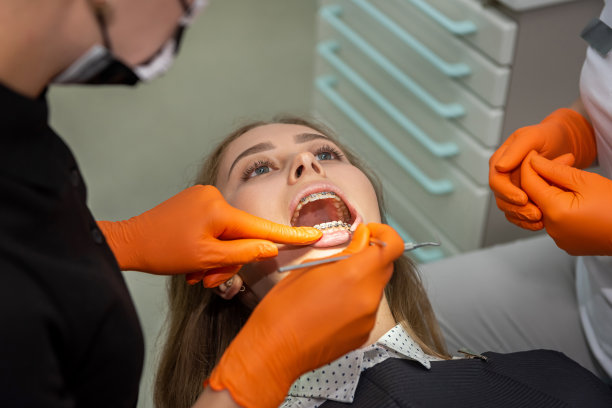The Importance of Proper Techniques When Extracting a Tooth to Ensure Patient Safety and Comfort
Summary: The extraction of a tooth, while a common dental procedure, demands precision and careful techniques to ensure the safety and comfort of the patient. This article emphasizes the importance of proper techniques, outlining the consequences of negligence and the benefits of a strategic approach. We delve into various aspects, including pre-operative assessments, the extraction process, pain management strategies, and post-operative care. Each section highlights the necessary protocols that dentists must adhere to, ensuring that patient welfare is prioritized throughout the entire tooth extraction experience. By thoroughly understanding these factors, dental professionals can greatly enhance patient safety and comfort.
1. Pre-Operative Assessments Are Crucial

Before initiating a tooth extraction, comprehensive pre-operative assessments are vital in determining the appropriateness of the procedure. This includes evaluating the patients medical history, current medications, and allergies. A thorough understanding of these factors can help in identifying potential complications that may arise during the extraction process.
Furthermore, dentists should conduct a radiographic examination, such as X-rays, to visualize the exact positioning of the tooth, roots, and surrounding structures. This helps in anticipating challenges that may arise and in formulating a strategic approach to the extraction.
Patient communication is also an essential component in pre-operative assessments. It is critical for dental professionals to explain the procedure, address any concerns, and answer questions to ensure the patient feels informed and comfortable, ultimately leading to a more relaxed state during the procedure.
2. The Extraction Procedure Must Be Flawless
The technique employed during the tooth extraction itself plays a significant role in ensuring patient safety and comfort. Dentists should utilize minimal trauma techniques, such as careful use of elevators and forceps, to extract the tooth without damaging adjacent tissues.
Additionally, effective anesthesia administration is paramount. Adequate pain control not only ensures comfort during the procedure but also mitigates anxiety for the patient. Dentists must assess the patient’s response to anesthesia and make adjustments accordingly to ensure a pain-free experience.
Finally, maintaining sterility and adhering to infection control protocols is crucial during the extraction. By using sterile instruments and techniques, dentists minimize the risk of post-operative infections, which can lead to complications and patient discomfort.
3. Effective Pain Management Strategies
Pain management extends beyond the immediate extraction procedure and plays a significant role in the patients recovery. Dentists should provide adequate pain relief options, including both over-the-counter medications and prescription analgesics, based on the individual’s needs and the complexity of the extraction.
Guiding patients on post-operative care, including ice packs to reduce swelling and specific instructions on when to take pain medications, is essential. This proactive approach enables the patients to manage their pain and discomfort more effectively at home.
Moreover, follow-up consultations are crucial for assessing the patient’s recovery. During these visits, dentists can gauge the efficacy of the pain management strategies employed and make necessary adjustments to optimize patient comfort.
4. Post-Operative Care Ensures Smooth Recovery
The post-operative care provided to patients is equally important as the extraction process itself. Dentists should offer clear instructions regarding diet, oral hygiene, and activity levels following the extraction. Adhering to these instructions is vital for promoting healing and preventing complications.
In addition, dentists should emphasize the need for recognizing signs of complications, such as excessive bleeding or persistent pain, and ensure that patients are reassured about how to seek help if such issues arise.
Finally, addressing any emotional distress experienced by patients post-extraction can greatly enhance their overall experience. Ensuring patients feel supported and know they can reach out with concerns helps build trust and improves the entire dental experience, underscoring the importance of comprehensive post-operative care.
Summary: In conclusion, the significance of proper techniques when extracting a tooth cannot be overstated. From pre-operative assessments to post-operative care, each step plays a vital role in ensuring patient safety and comfort. By adhering to best practices, dental professionals can minimize complications and foster an environment of trust and care for their patients, ultimately enhancing their overall experience.
This article is compiled by Vickong Dental and the content is for reference only



